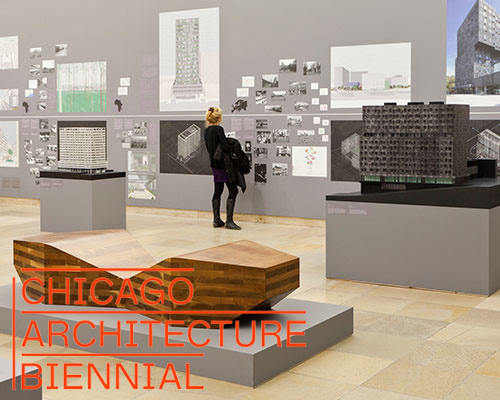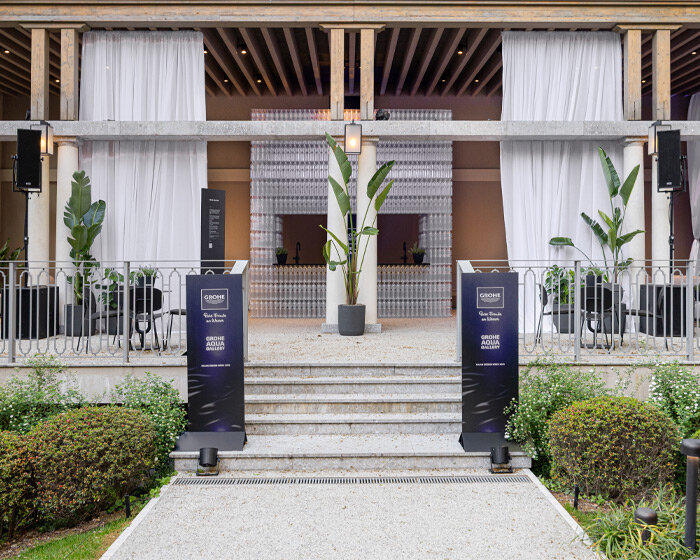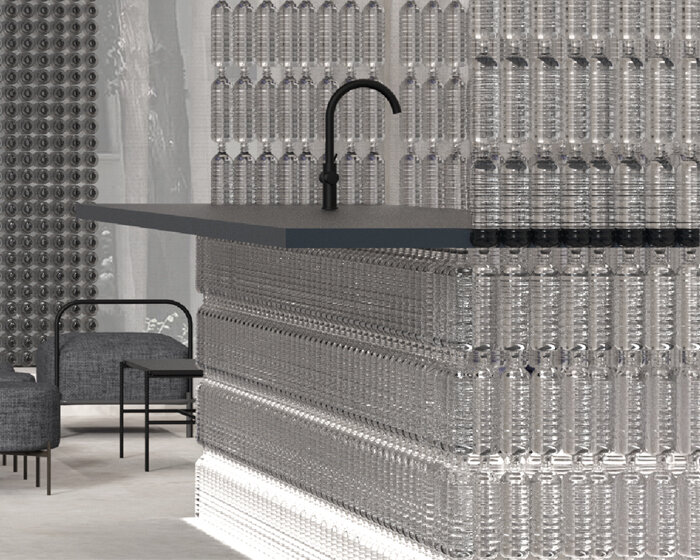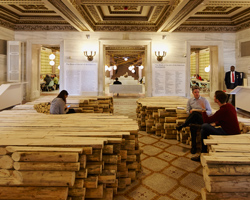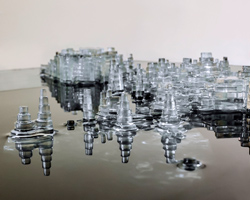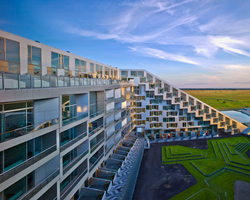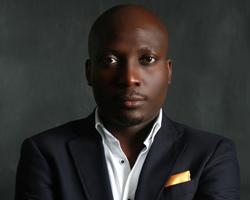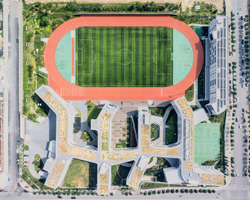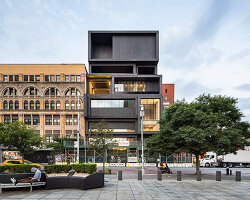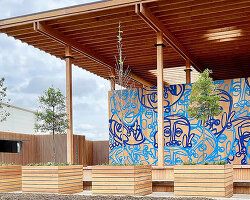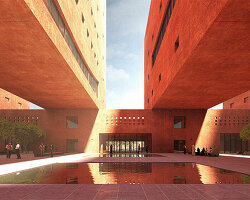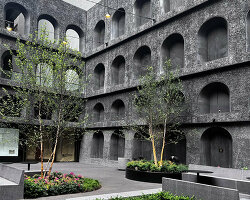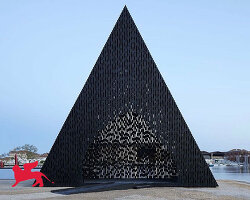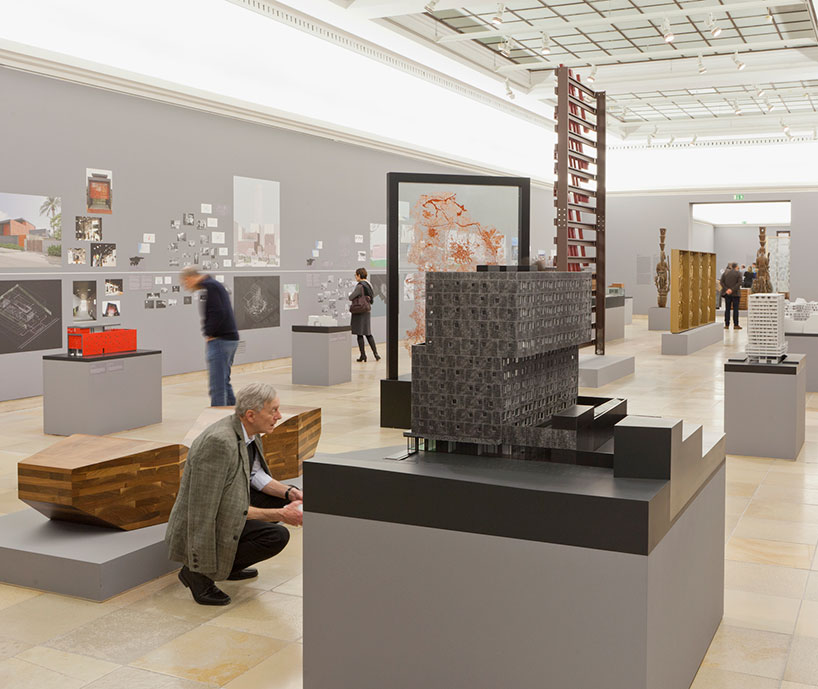
form, heft, material / making place: the architecture of david adjaye
the art institute of chicago, illinois, USA
on show until january 3, 2015
on september 19, 2015, the exhibition opened in its second location at the art institute of chicago. titled ‘making place: the architecture of david adjaye‘, the display presents the architect’s work as a series of projects born from their respective contexts. comprising furniture, housing, public buildings, and masterplans, the exhibition fills the first-floor abbott galleries and the second-floor architecture and design galleries in the institution’s modern wing. in addition to drawings, sketches, models, and building mock-ups, a specially commissioned film featuring david adjaye’s collaborators helps bring his work to life, making clear the important role that he plays within contemporary architecture.
– –
in munich, art gallery haus der kunst presents an extensive exhibition of work by the british architect david adjaye. ‘form, heft, material’ allows visitors to physically explore over 45 projects — via drawings, models, sketches, films – that highlight adjaye’s architectural sensibilities.
‘form, heft, material’ is curated by okwui enwezor and zoë ryan and is jointly organized by haus der kunst and the art institute of chicago. the exhibition will be on view in chicago from september 19, 2015 – january 3, 2016.
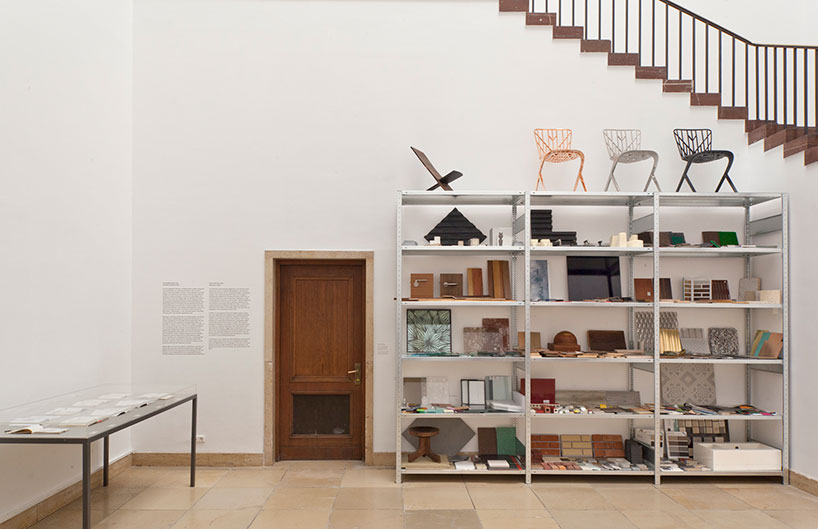
view of the exhibition entrance – materials and sketches
photography by doku petzi / all images courtesy of haus der kunst
the exhibition is divided into six key sections: inspirational drawings and materials; small-scale monuments like the accessible pavilion ’horizon’, the monoforms and furniture; the section living spaces, including the elektra house and dirty house, seven and silverlight; democracy of knowledge presenting public buildings (idea store, stephen lawrence centre, cape coast slavery museum); urban buildings with socio-political functions, including the moscow school of management, sugar hill (apartments for socially vulnerable tenants); urban studies and masterplanning; and a section presenting adjaye research on african metropolitain architecture. a new documentary film by oliver hardt, ‘david adjaye – collaborations’ has its premiere at haus der kunst as part of the exhibition, too.
adjaye is known for a broad spectrum of notable projects, from houses and libraries, to museums and larger scale urban masterplans. rather than fostering outmoded traditions, he looks to reinterpret location-based architectural motifs and cultural norms to create projects that reveal and rethink societal patterns and modes of behaviour, resulting in ingenious outcomes that speak to the time in which they are made and address contemporary concerns.
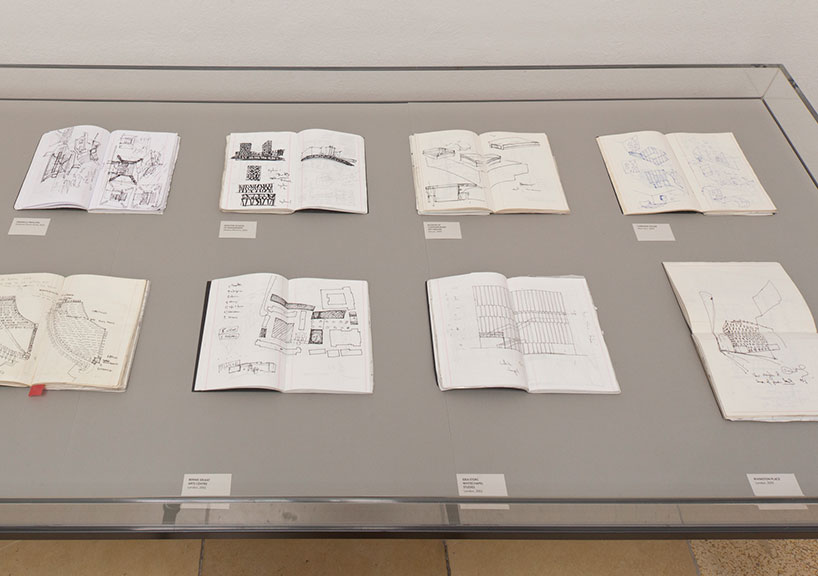
sketches by david adjaye
the exhibition comes at a significant moment in adjaye’s career – his smithsonian national museum of african american history and culture (NMAAHC), a historically important and iconic building, will be inaugurated in 2016 and is already gaining broad recognition. the establishment of the NMAAHC is the culmination of a decades-long struggle to recognize the importance of the black community in the social fabric of american life.
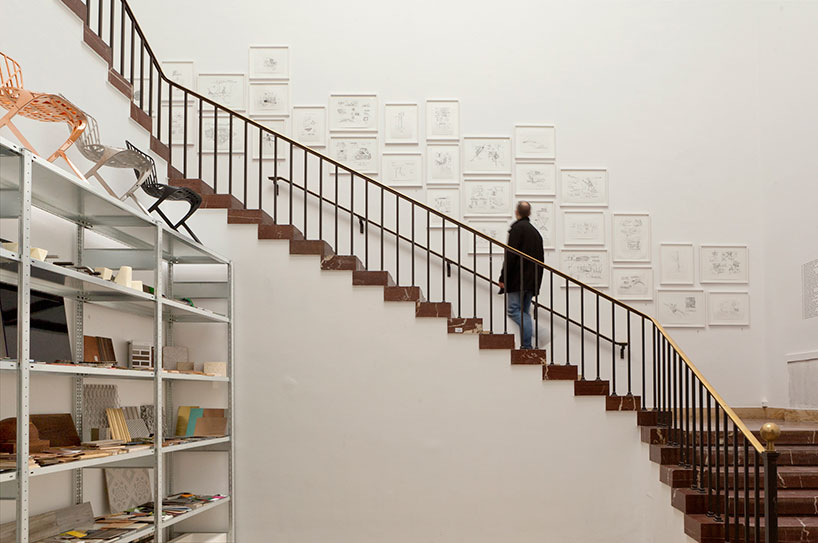
view of the exhibition entrance – materials and sketches
the site is located on the corner between the national mall and the ellipse, the landscaped space in front of the white house, and it overlooks the washington monument. the crown-like form of the corona ascends in three stages and refers to a sculpture by the early-twentieth- century yoruba sculptor olowe of ise. significant political and financial resources have laid the foundations for this long- awaited symbol for the african american contribution to the nation’s history and identity.
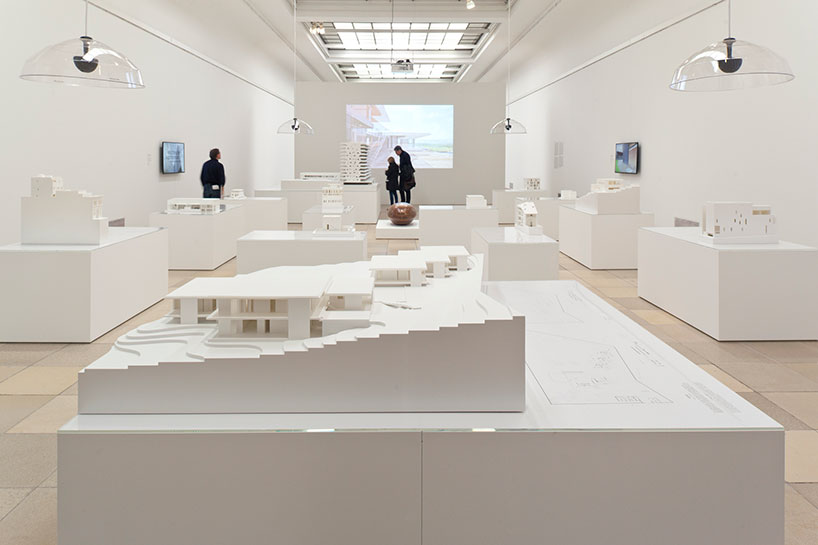
view of the living spaces section which features works such as the elektra house and dirty house, seven and silverlight
besides his work as an architect, adjaye is also widely recognized for his expertise on african architecture and urbanism. the results of his extensive fieldwork in africa have been published in several acclaimed books, e.g. in ‘african metropolitan architecture’, published in 2011, he systematically explored the diversity of concepts for life and identity. original research materials will also be presented in the exhibition – contributing to the understanding of adjaye’s own practice as well as to the complex, yet underexposed history of african innovation in architecture.
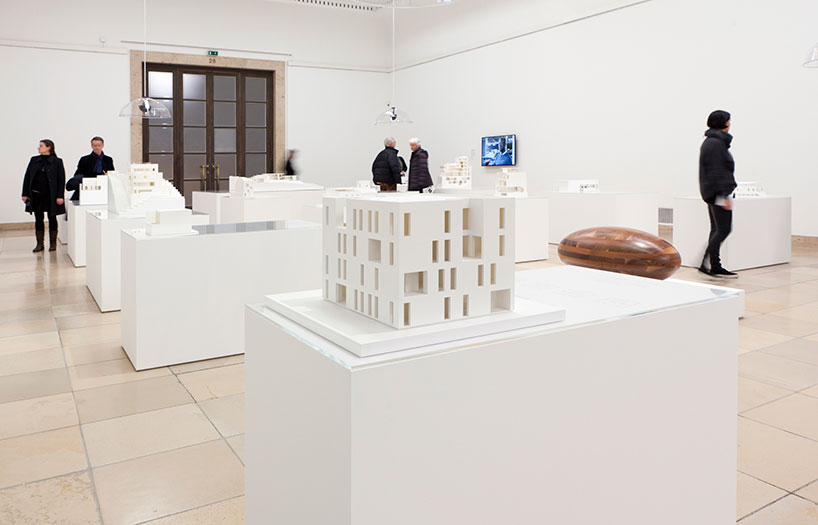
living spaces section
another of david adjaye’s key concerns is to respond appropriately to the geographic and climatic conditions of a structure’s respective environment. this becomes clear – again – in its use of natural lighting as well as its façade design. in temperate countries like those in central and northern europe, adjaye often guides unfiltered light from above into the interior. in countries, however, where solar gain is unwanted, he protects the inhabitants from direct light through the use of double membranes.

‘silverlight’ house model
the materials david adjaye uses change color according to the position of the sun, and assume different qualities at different times of the day and depending on the seasons. his solutions are developed for the respective local climate and geographical, historical and social context. here, david adjaye relies not only on his experience, research and cosmopolitan background; he now also has offices on four different continents and a permanent research team of social scientists.
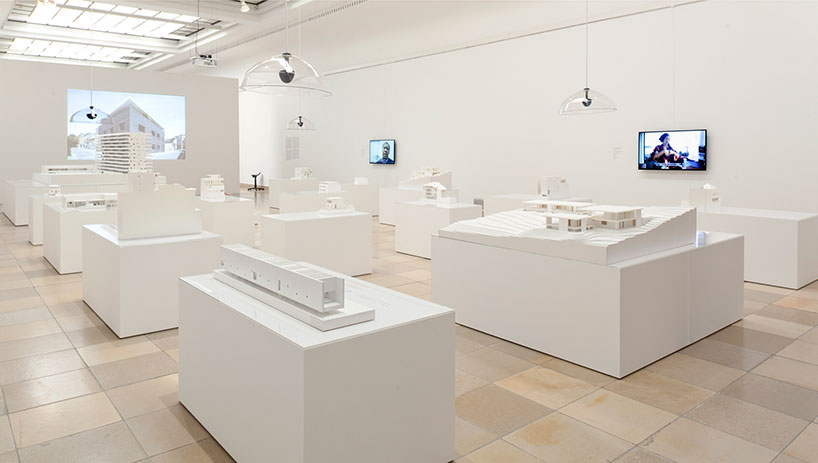
living spaces section
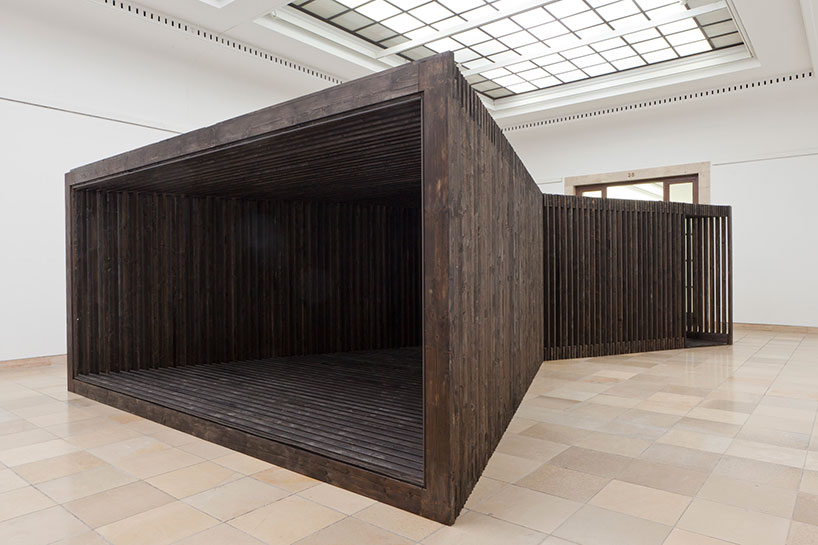
specere kiedler shelter

specere kiedler shelter
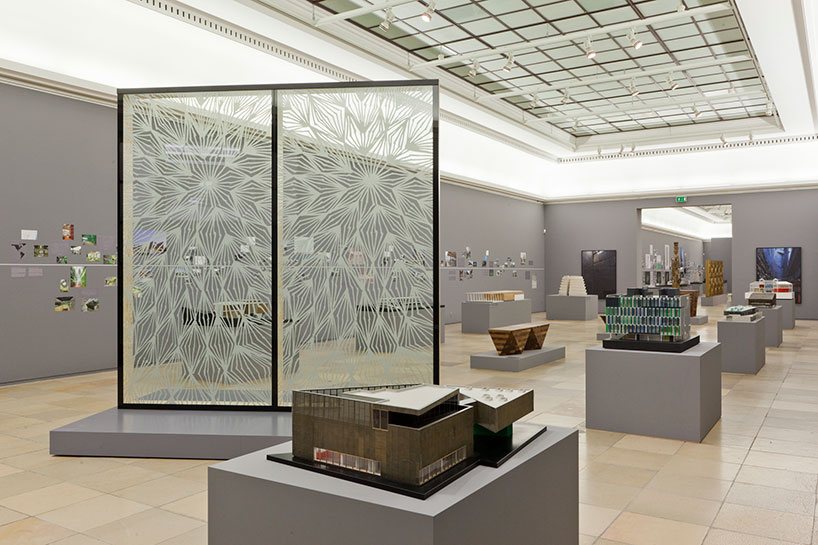
view of the democracy of knowledge section, which presents public buildings
(idea store, stephen lawrence centre, cape coast slavery museum)

francis a. gregory library model
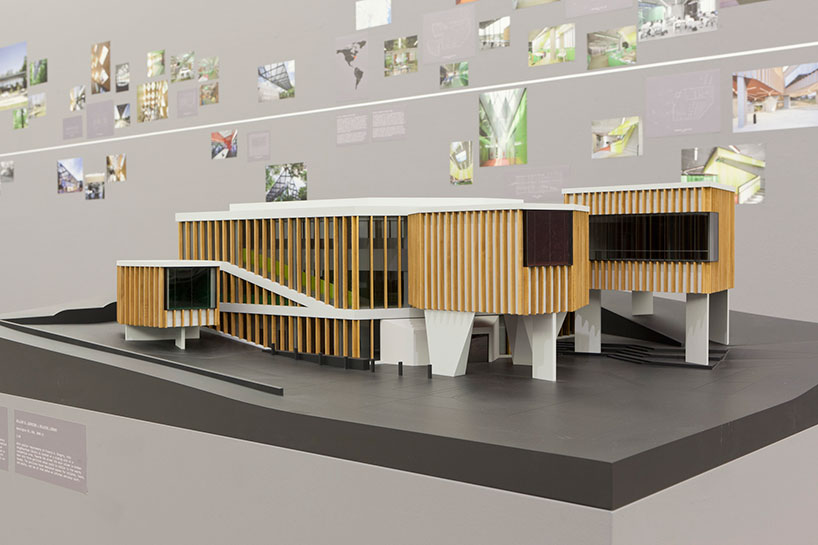
william o. lockridge library + bellevue library model
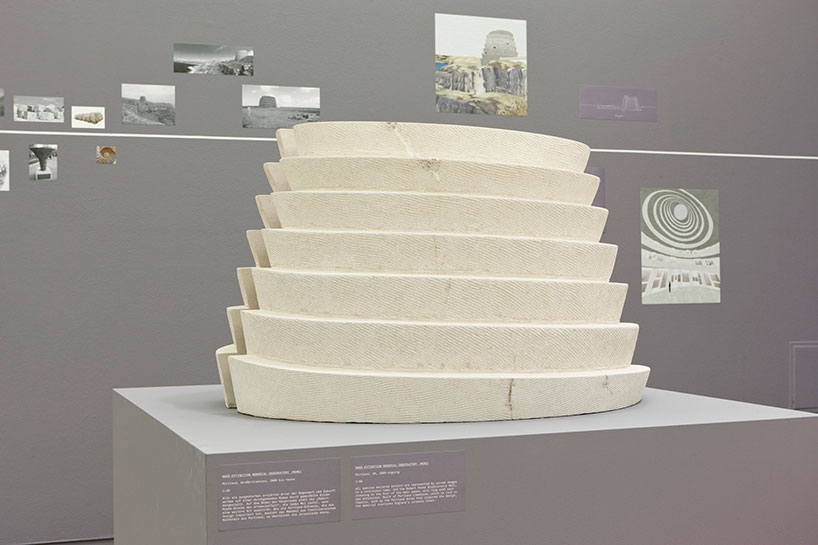
mass extinction memorial observatory (MEMO) model
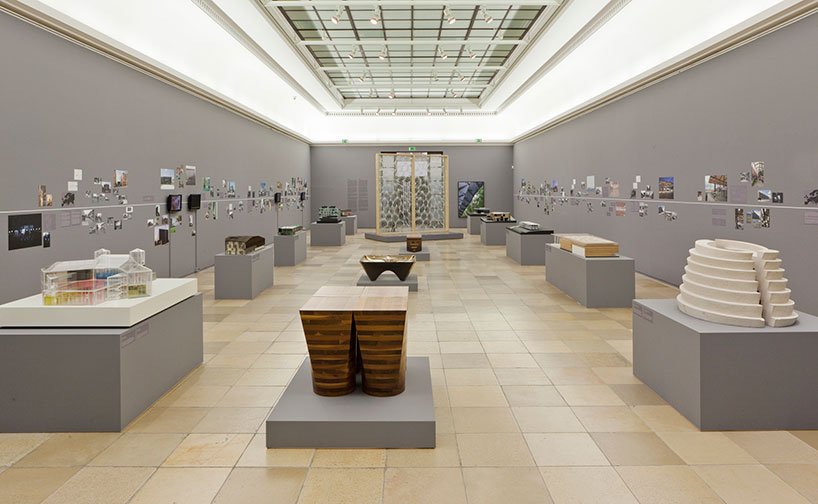
view of the democracy of knowledge section

another room from the democracy of knowledge section
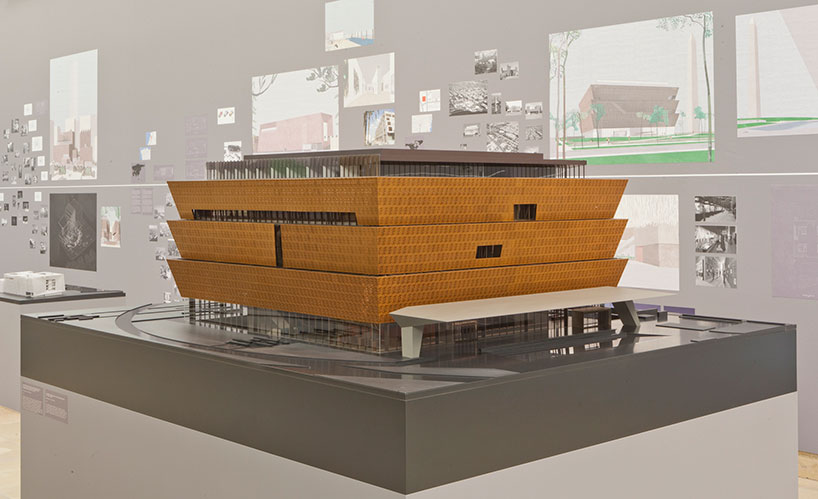
model of the smithsonian national museum of african american history and culture plaza in washington D.C.
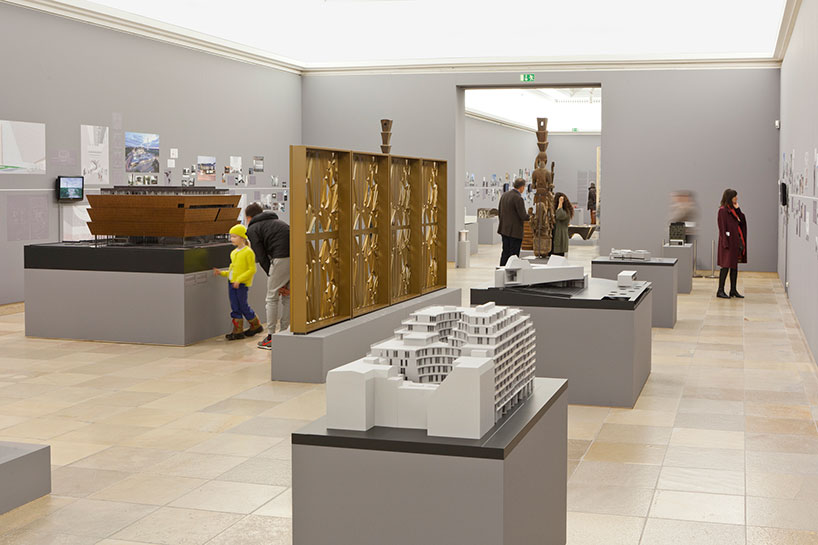
democracy of knowledge section

democracy of knowledge section
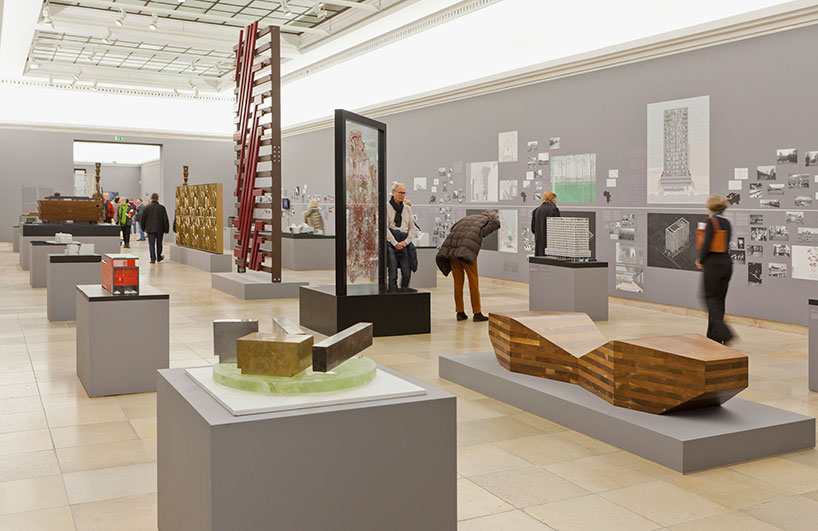
democracy of knowledge section

alar concept store model
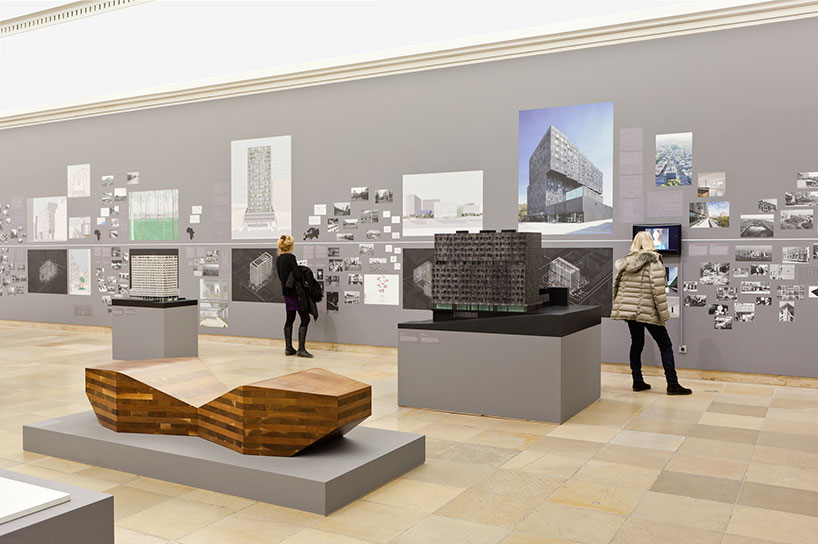
view of the exhibition
